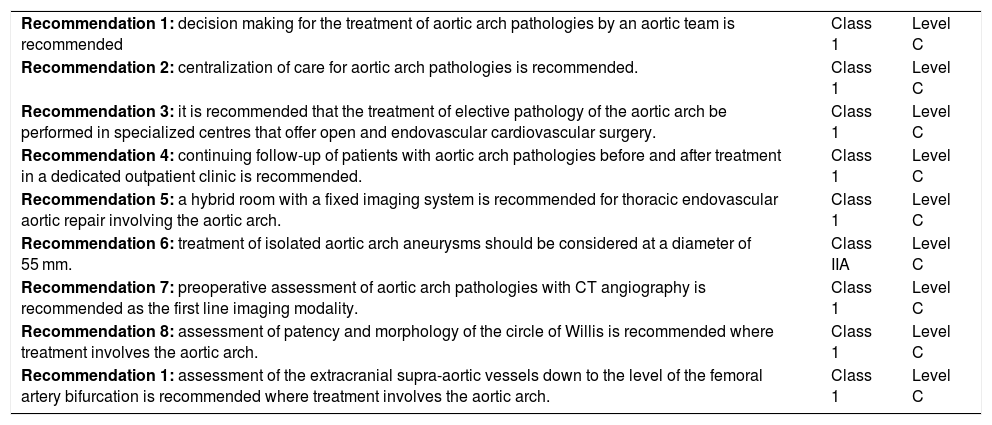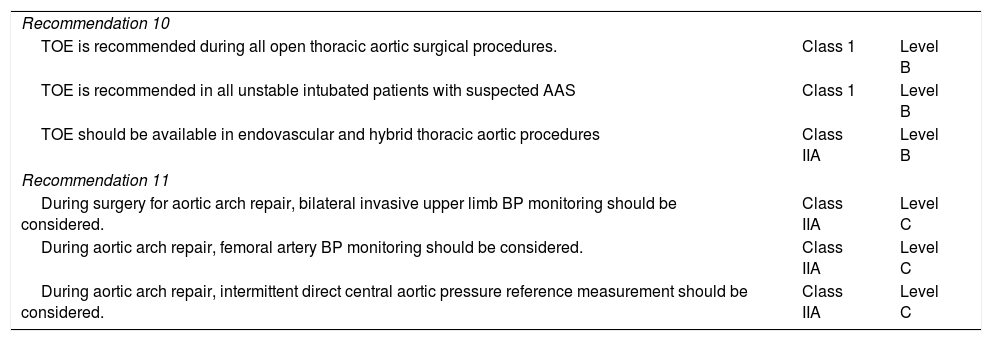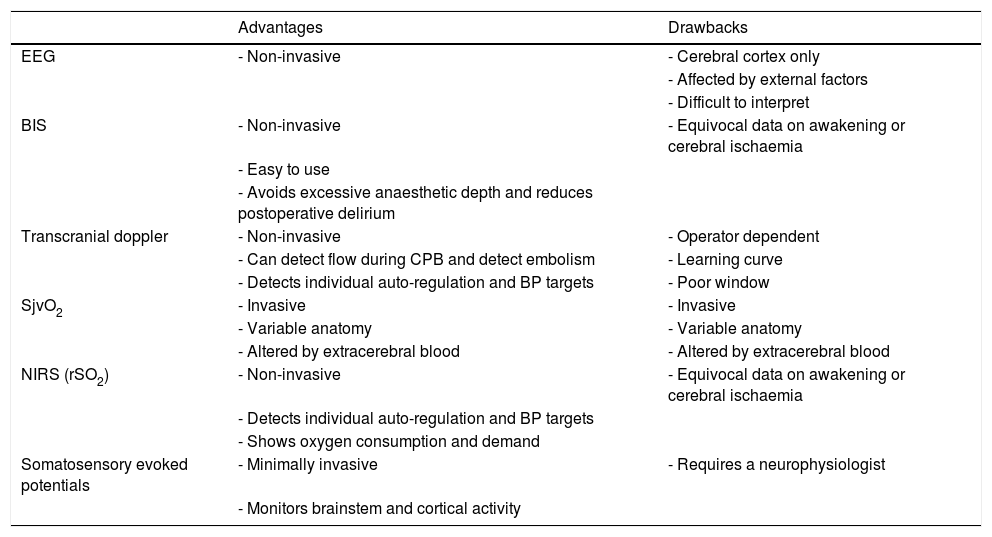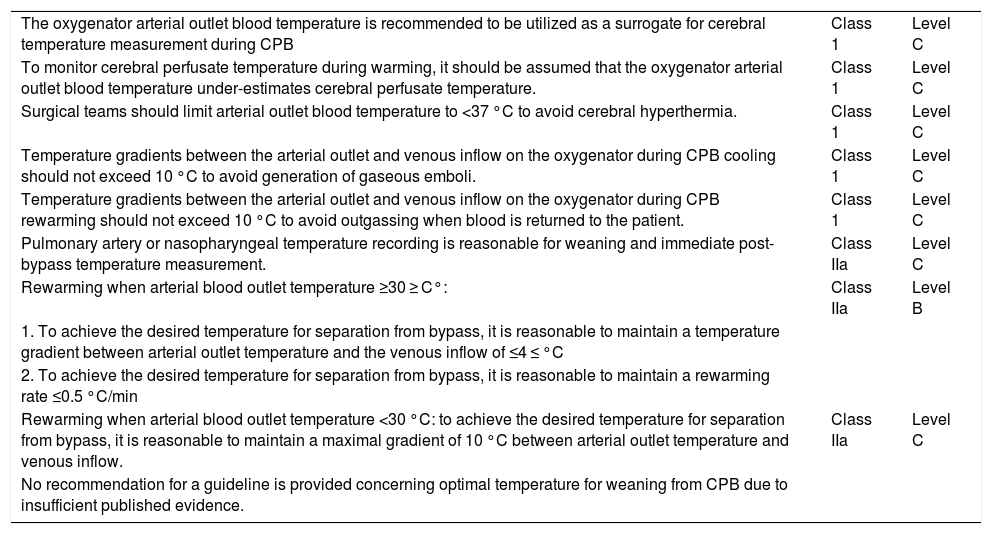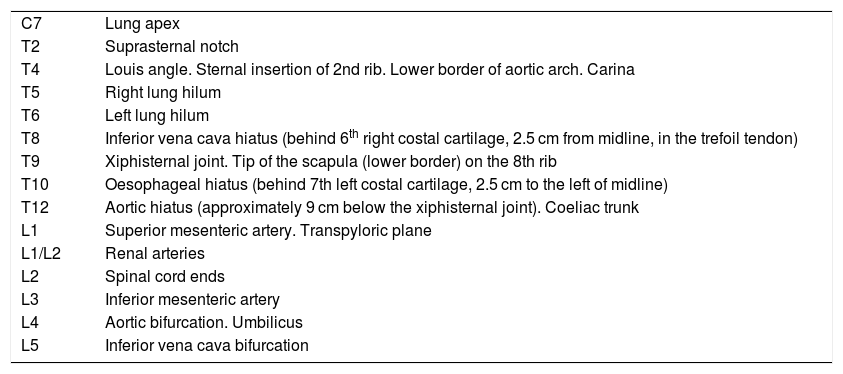Aortic pathology is always a challenge for the clinician, and must be diagnosed and treated by a multidisciplinary team due to the technical and technological complexity of the resources used. Ongoing efforts to implement a systematic, protocolized approach involving “Aortic teams” made up of cardiologists, cardiac surgeons, vascular surgeons, anaesthesiologists and radiologists, among others are now leading to improved outcomes. The aim of this consensus document drawn up by the Aortic working groups of the Spanish Society of Anaesthesiology, Resuscitation and Pain Therapy (SEDAR) and the Spanish Society of Thoracic and Cardiovascular Surgery (SECTCV) is to disseminate a set of working protocols. The latest consensus document of the European Association for Cardio-Thoracic Surgery (EACTS) and the European Society for Vascular Surgery (ESVS) define the concept of “AORTIC TEAM”(1). The aortic team should be closely involved from diagnosis to treatment and finally follow-up, and should be formed of cardiac and vascular surgeons working together with anaesthesiologists, cardiologists, radiologists and geneticists. Treatment of aortic pathologies should be centralised in large centres, because this is the only way to effectively understand the natural course of the disease, provide the entire range of treatment options under one umbrella and treat potential complications. A streamlined emergent care pathway (24/7 availability), adequate transportation and transfer capabilities, as well as rapid activation of the multidisciplinary team must be available. In light of the complexity and constant evolution of therapeutic options, we present this first version of the Anaesthesiology and surgical guidelines for surgery of the ascending aorta and aortic arch. Some questions will no doubt remain unanswered, and future versions will include new techniques that, though implemented in some centres, are still not widely recommended.
La patología de la aorta siempre supone un reto para la medicina. Tanto para sudiagnóstico como para su tratamiento, dicha patología requiere ser abordada de forma multidisciplinar debido a la complejidad técnica y tecnológica de los medios empleados. Gracias a los esfuerzos durante años se están obteniendo frutos en forma de mejora de resultados, mediante un abordaje sistemático y protocolizado llevado acabo en el seno de un grupo de expertos (Comités de aorta o “Aortic team”) en el quese implican cardiólogos, cirujanos cardíacos, cirujanos vasculares, anestesiólogos y radiólogos, entre otros. Con este documento, realizado entre los grupos de trabajo de Aorta de la Sociedad Española de Anestesiología, Reanimación y Terapéutica del dolor (SEDAR) y la Sociedad Española de Cirugía Torácica y Cardiovascular (SECTCV) se busca difundir protocolos de trabajo consensuados por ambas sociedades. La EACTS y la ESVSen el último documento de consenso de expertos definen el concepto de “AORTIC TEAM”(1). El equipo debe estar estrechamente involucrado en todo el proceso de diagnóstico, tratamiento y seguimiento y debe estar compuesto por miembros de cirugía cardiovascular en colaboración con anestesiología, cardiología, radiología y genética. Se recomienda la centralización de la atención de las patologías del arco aórtico en grandes centros porque es la única forma decomprender de manera efectiva el curso natural de la enfermedad, proporcionar toda la gama de opciones de tratamiento bajo un mismo prisma y tratar las posibles complicaciones. Debe estar disponible una vía simplificada de atención de emergencias (con disponibilidad 24h al día y 7 días a la semana), una adecuada capacidad de transporte y transferencia de pacientes, así como la posibilidad de una activación rápida del equipo multidisciplinar. Somos conocedores de la complejidad y constante evolución de las opciones terapéuticas, por lo que presentamos esta primera versión de la Guía anestésicoquirúrgica en el tratamiento de la cirugía de la aorta ascendente y del arco aórtico con la certeza de dejar cosas pendientes y pensando en que próximas versiones irán añadiendo nuevas técnicas que, aunque ya puedan estar usándose en algún centro, todavía no son recomendables de forma generalizada.















